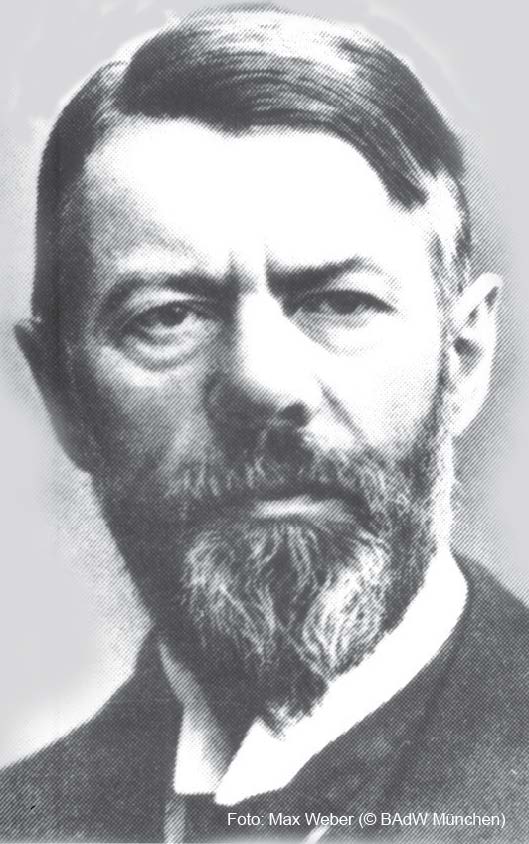Lived Religion in Metropoleis: A Comparative View
International comparative conference on Religion in Metropoleis. Workshop of the ERC Research Project "Lived Ancient Religion: Questioning 'Cults' and 'Polis Religion'"(organised by Professor Rubina Raja, AU, Professor Jörg Rüpke, Max-Weber-Kolleg Erfurt, Dr. Emiliano Urciuoli, Max-Weber-Kolleg Erfurt and Professor Benno Werlen, Universität Jena).

Outline
The Lived Religion approach to ancient religion, as developed at the Max Weber Center, has highlighted the importance of local spatial and social contexts, of materiality and communication as much as of social imaginaries and knowledge. One of these most important contexts is the urban. Through the collaboration with the new Centre for Urban Network Evolutions at Aarhus University and with specialists in social geography, this conference explores the mutual constitution of religious and urban spaces by focusing on big cities.
Ancient metropoleis of more than 100,000 inhabitants were characterized by density of exchange and speed of interaction, plurality of religious practices and groups, violence of critique and boundary drawing, as well as economic opportunities and medical dangers unknown to rural spaces. The degree of reading competences and the presence of texts in public spaces were elevated there as well. At the same time, the sheer size would have offered the possibility of segmentation, of hiding or simply refraining from claiming public space. Spatial distance might have lowered frequency of specific religious interactions and hence degrees of institutionalisation, the diversity of public spaces could have ensured a large number of shared practices and reduced the salience of discrepant religious identities.
These metropoleis were also present as imaginaries. They penetrated as places of attraction even into the most distant places and they grew imaginaries of rural life and solitude at the same time. Once urbanity had gained foothold there was nowhere which was not somehow effected by having “become urban”. How did these facts translate into religious agency, communication and identities within the mega-cities? What would ancient religion had looked like without the specific contribution of these centres to the shaping of religion and religious traditions? Are we able to narrate religious change in a way that pays sufficient attention to it? Given the growing percentage of urban population in today’s world, the role of mega-cities in contemporary life has become a thriving field of research. However, even here the role of religion in such environments is under-researched.
Thus, looking onto ancient metropoleis might also contribute to a pressing field of research that so far has been dominated by a concentration on public spaces and dissolution of tradition social forms of bondage and their consequences to religion. This invites to attempt a comparative approach focusing on the interaction of scale and lived religion and demanding to employ larger diachronic views.
